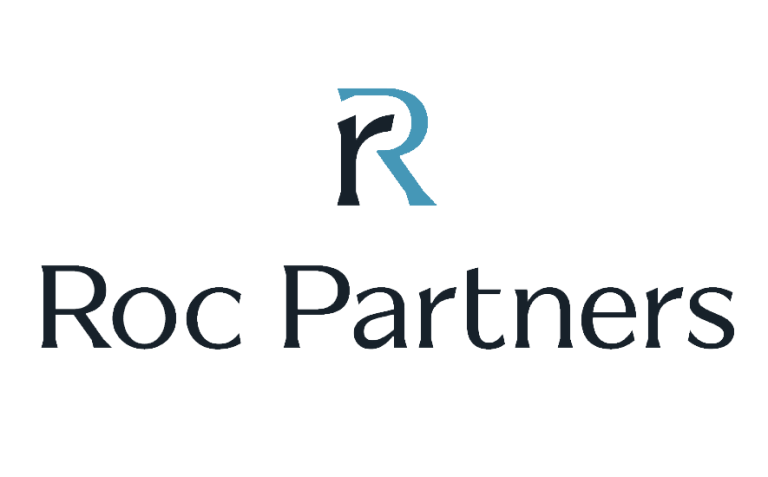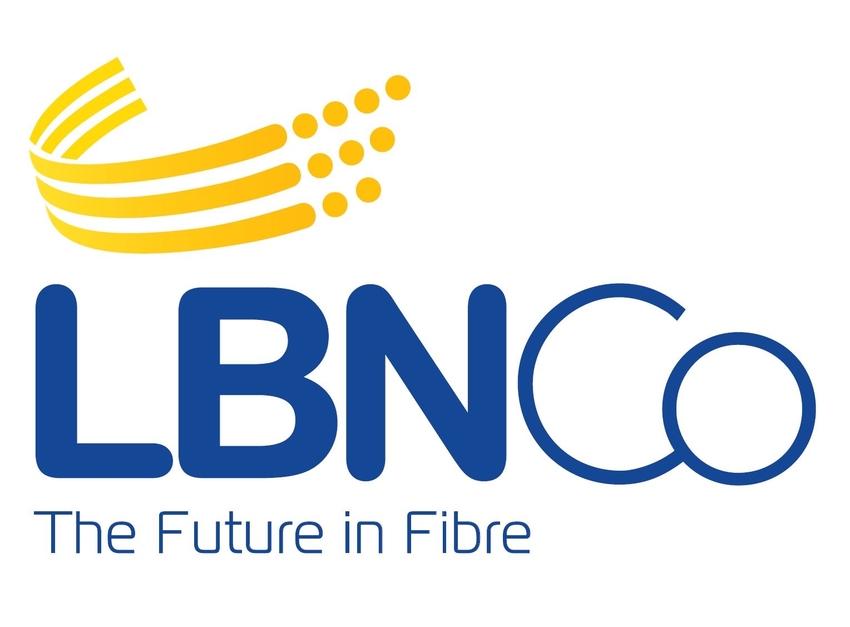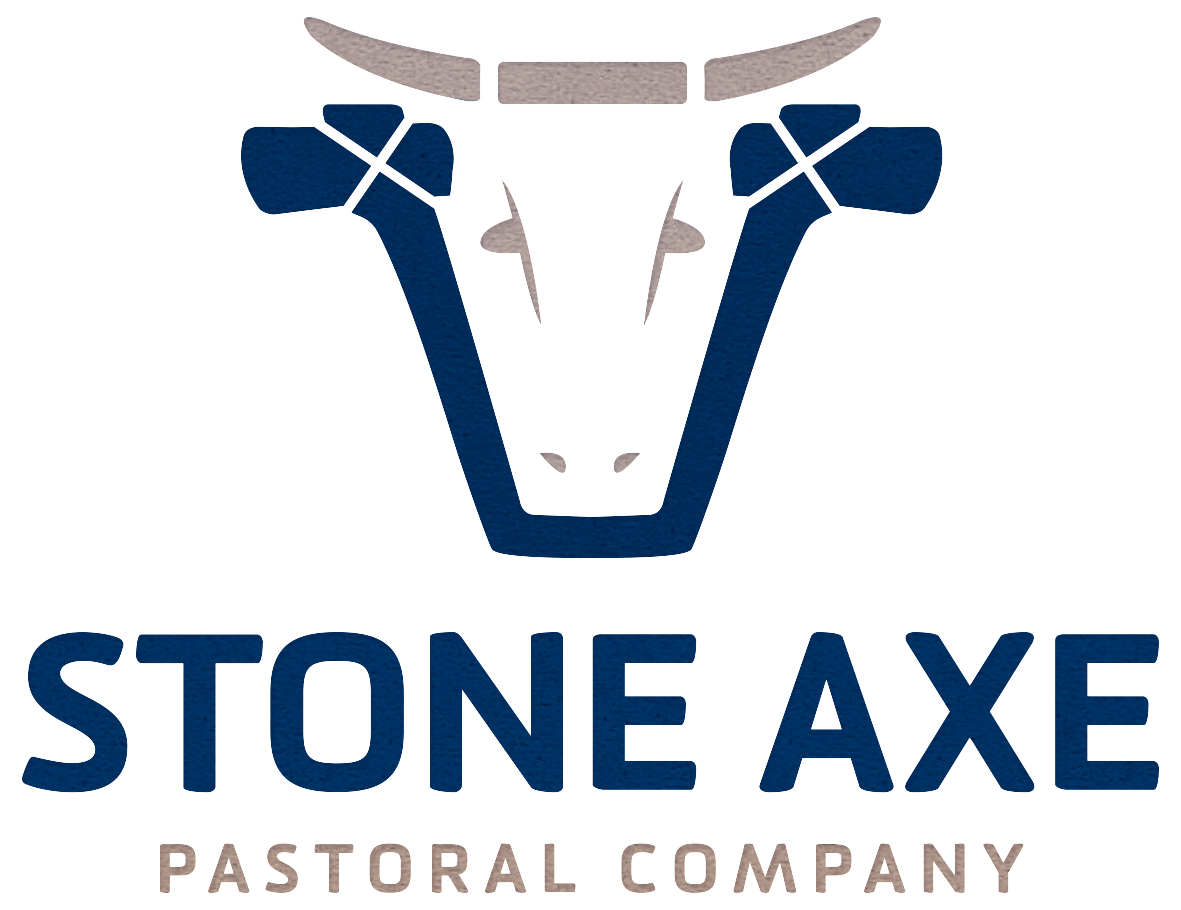Frewen Lam: So recently I've spent the last couple of months trying to reconcile some of the data that I've seen with sentiment, talking to GPs and LPs on the ground. Its pretty clear people are focusing on certain things and they're not focusing on other things. So, the things that they're focusing on - cash liquidity, cash preservation, shortening durations, and there's a lot less appetite for risk out there.
You see this sort of in the data. So, if I look at some of the first quarter data coming out from sort of global private equity statistics and investment activity levels, US buyouts down a third Asia private equity investing down 30-40% from a year ago. In terms of that sort of risk spectrum that I talked about, venture capital activity in the US down two thirds. You can really reconcile the investor sentiment with the statistics that we're seeing. And then in terms of on the ground, there are some live examples that we've worked on recently where you start to see that risk premium opening up across the spectrum. So, I'll just kind of look at two things.
One thing on the secondary side where we've got a big focus, given that shorter duration, people are turning to secondaries as a strategy that you can deploy to going forward. But we're starting to see pricing getting into pretty interesting levels. Maybe something that was pricing at a discount six to 12 months ago. Now NAVs are down and pricing increasing to starting to widen as well.
So that actually results in quite a big step down in aggregate valuation levels on the secondary side. And then on the private debt side as a recent thing that we've worked on, just that lack of liquidity in some transactions, missing out on half a turn, a turn of senior debt, the willingness to turn to a junior debt provider where it's much, much more expensive. Opening up risk, interesting risk adjusted return. You see that sort of flight to credit, flight to quality happen in the credit markets as well. So I just use another statistic that I saw recently involving monthly data on the debt side basically spreads opening up and widening, but margins actually declining recently. So, what it points to is basically a lot of risk that's not getting priced. And so I do think that there's opportunity to earn additional and very interesting risk adjusted, risk premier for those who basically do their homework.
Anna Ellis: And I know you live and breathe secondaries all the time, but perhaps just to dig down a little bit deeper, you've seen obviously a significant opportunity in that space recently. What exactly is driving that?
Frewen Lam: Yeah, so there are a couple of things. So firstly, with risk appetites reducing, private equity, private capital, is up that higher risk end. And so as people focus on shorter duration, there are more and more folks coming to the market thinking about selling their long duration assets. So if you think about the global market, it's about a hundred to $120 billion in size. That was the last couple of years.
That activity I think is going to continue going forward. And in Asia it's about five to 10% of that total. In terms of historically traded transactions. Last year was a fairly slow year given some of the macro factors that were driving the markets. But based on what we're seeing right now, there is a big pickup in activity levels. And with sort of fewer and fewer assets globally that are considered attractive or resilient in this market environment, we will see more GP led situations, basically people wanting to hold onto their winners. It's hard to find good quality assets. And so people want to, as some situations, end of fund life situations come up, we will see GPs push assets into continuation vehicles. And that's definitely an ongoing opportunity set globally.
Anna Ellis: And I think what I heard is you're reiterating what Mike said around private credit. If we pick up your final point, which was around the flight to quality, how is that actually manifesting in what you are hearing when you speak to GPs? But also you know, what you're reading and what you're seeing?
Frewen Lam: Yeah, so I think in the short term, just this flight to quality credit that's happening, means that there's a lot less capital available for some transactions and in some cases on relatively conservative capital structures already. And just the willingness of deal makers to turn to other sources of capital. That's certainly a thing that is emerging. I'd expect to see this continue for the next six, 12, or 18 months.
Anna Ellis: Great. Well, thank you Fruen. Thank you, Mike.
Mike Lukin: Thank you Anna.
Anna Ellis: Thank you everyone for joining us today. If you want any information about what we've spoken about, please jump on our website or feel free to contact any of our team. Thank you.




